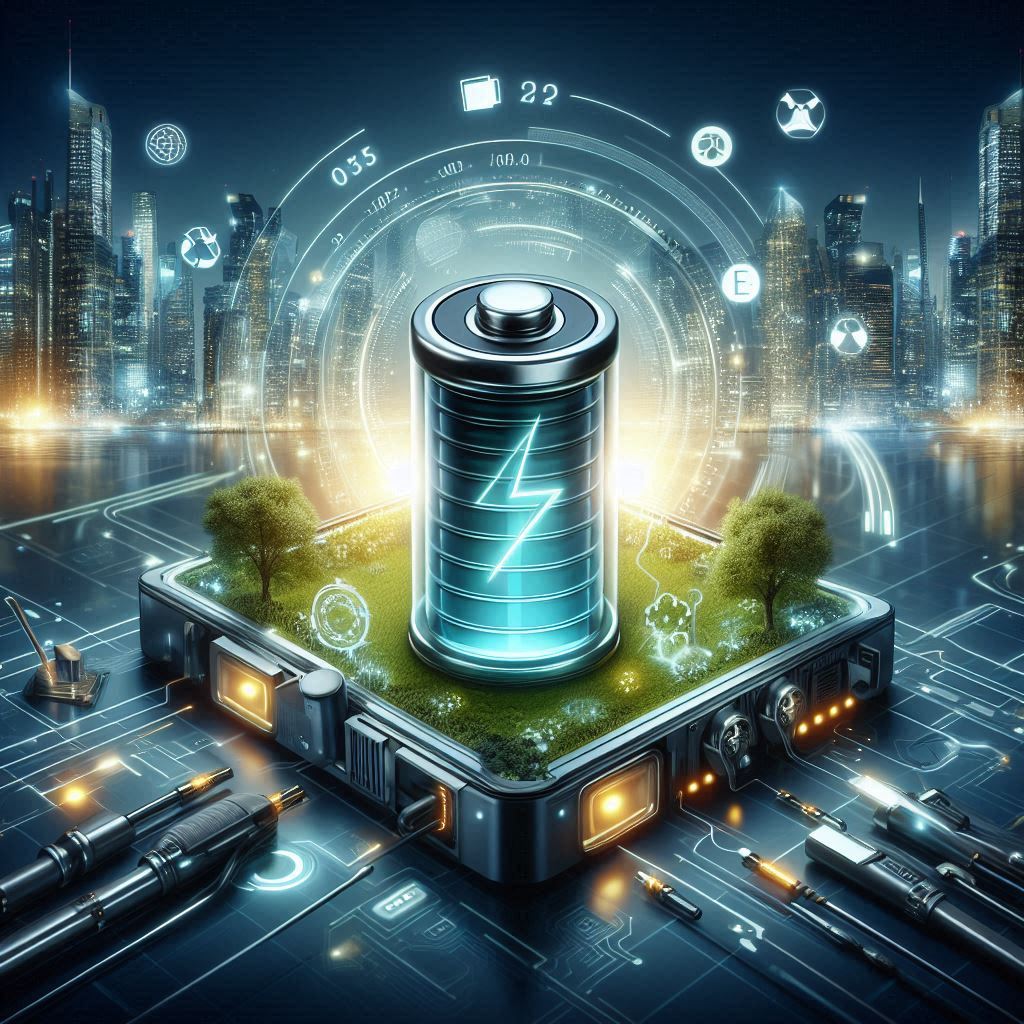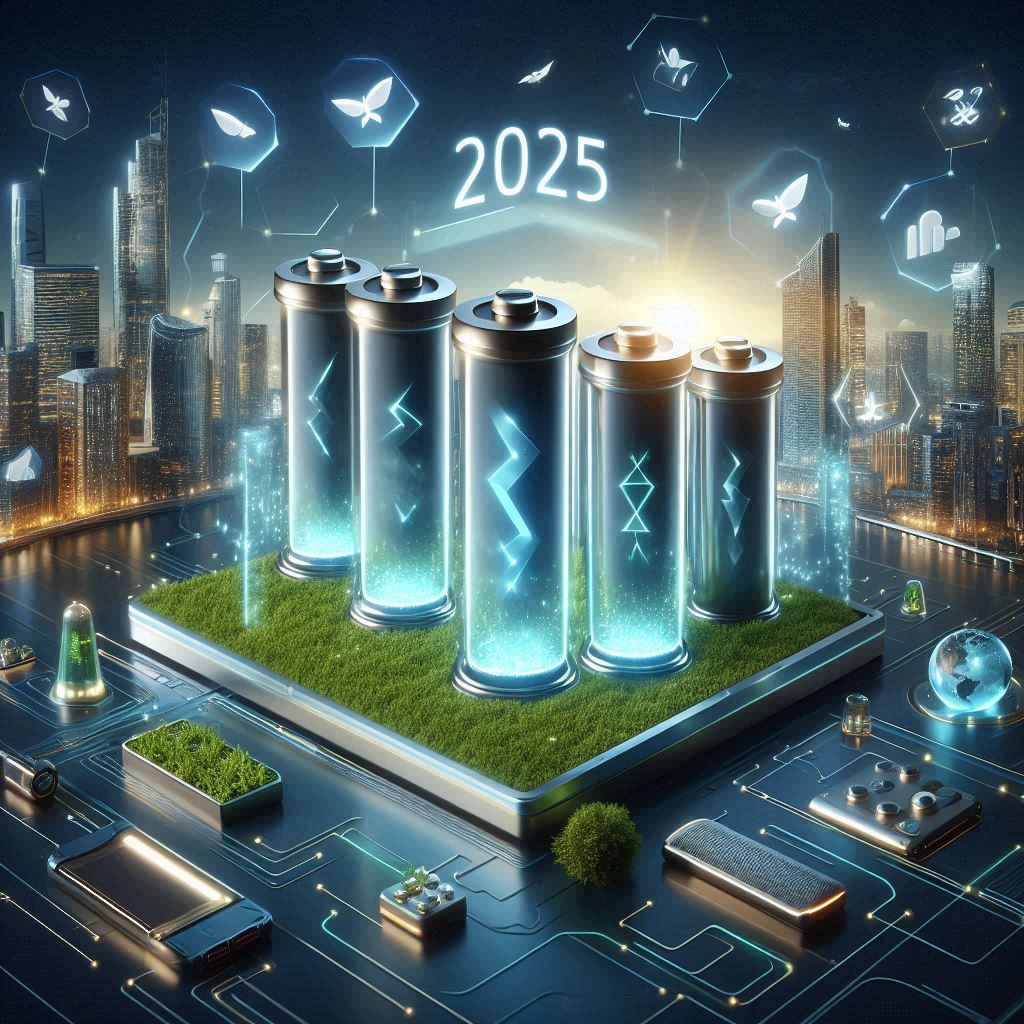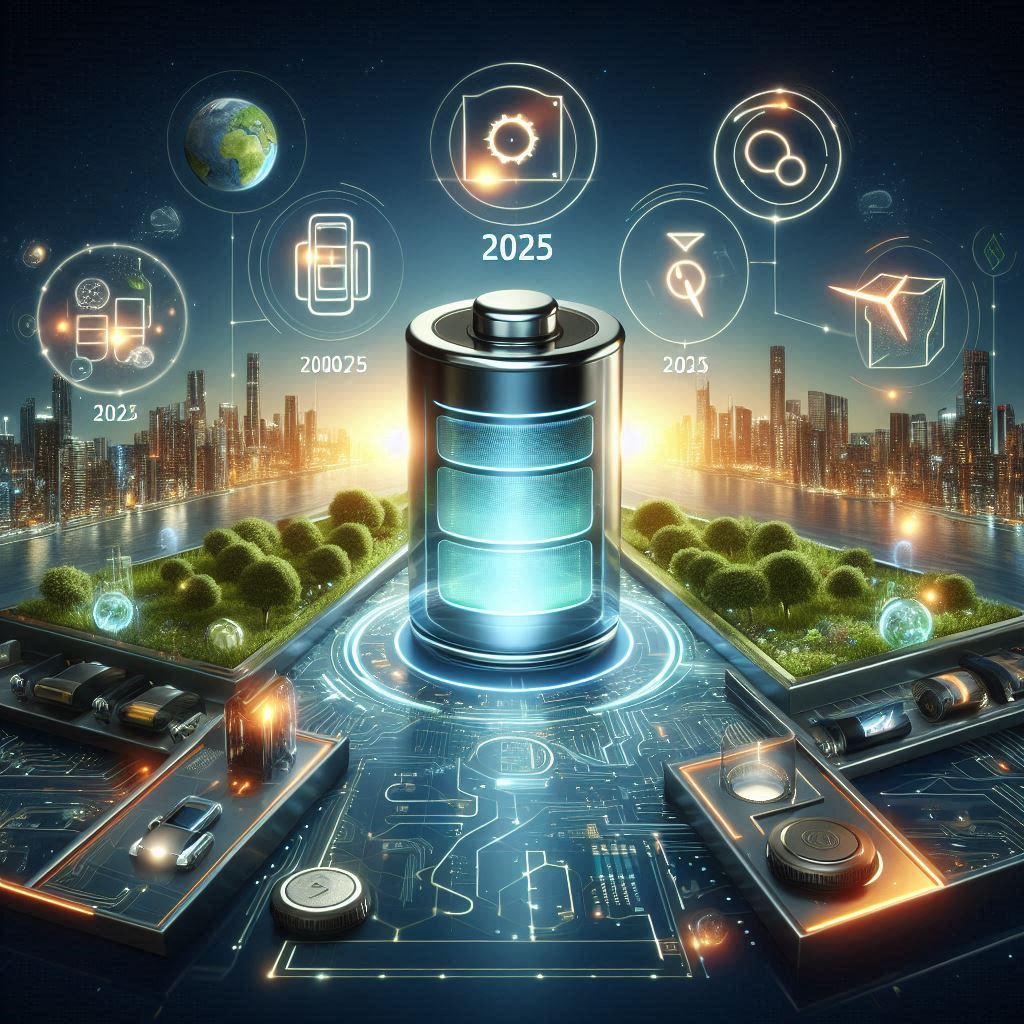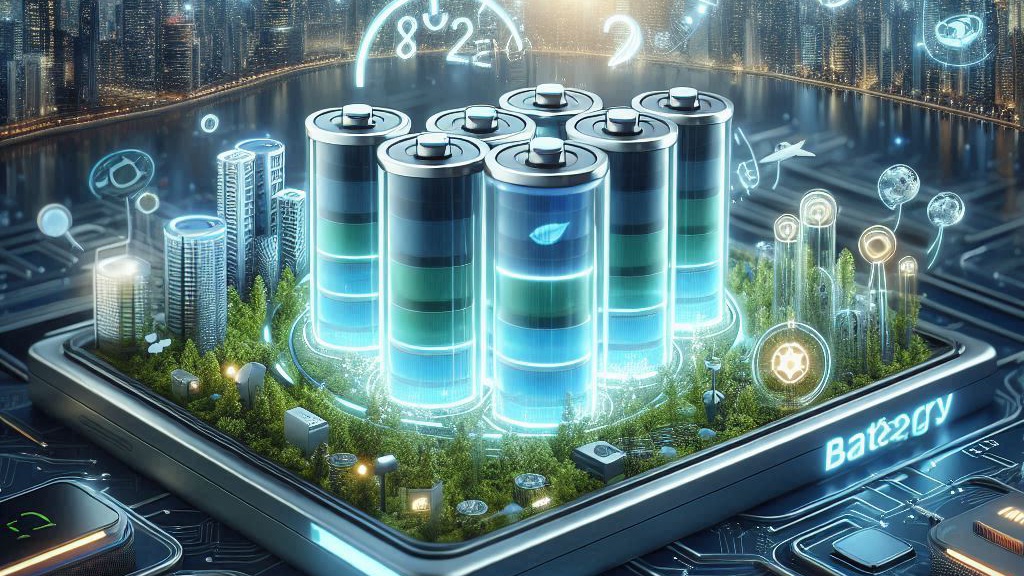The electric vehicle (EV) industry is on the verge of a revolutionary transformation. Elon Musk has recently made a bold prediction about Tesla’s future batteries, suggesting they will charge as fast as filling up a gas tank. In addition to this speed revolution, three groundbreaking battery technologies—sodium-ion, solid-state, and the short blade LFP battery—are slated to redefine EV performance in 2025, promising better endurance, longer lifespans, and enhanced safety features. These breakthroughs will not only change the way we look at EVs but also make them more accessible to everyone.
Elon Musk’s Vision for Faster EV Charging
Elon Musk’s statement about Tesla’s upcoming battery technology being able to charge as fast as filling a gas tank has created a buzz in the EV world. The current charging times of 30 to 45 minutes for an EV are about to be slashed to just 10 minutes—four times faster than today’s average charging speed. This is a game-changer for people who have been hesitant about switching to electric cars due to long charging times.
Musk’s Tesla is leading the charge in battery innovations, but the changes go beyond just faster charging times. Revolutionary new batteries like sodium-ion, solid-state, and short-blade LFP batteries are on the horizon, set to transform the EV market by 2025.
Sodium-Ion Battery: A Cost-Effective Solution
One of the most exciting innovations for 2025 is the sodium-ion battery. Imagine slashing the cost of an EV by up to a third. How is this possible? Sodium-ion batteries offer a cost-effective alternative to lithium-ion batteries, thanks to the abundance of sodium. While lithium is rare and expensive, sodium is cheap and plentiful. Sodium can be found in seawater, the Earth’s crust, and even table salt. This makes sodium-ion batteries a far less expensive option for mass production.

Why Sodium?
Sodium is more than just affordable. It’s 1,200 times more common than lithium, which makes it an ideal material for large-scale battery production. Additionally, sodium-ion batteries are more stable under heat, making them safer than their lithium counterparts, which are prone to thermal runaway reactions that can lead to fires.
Sodium-Ion Battery Benefits
- Lower Cost: With the cost of sodium at just 5 cents per kilo compared to lithium’s $15 per kilo, sodium-ion batteries are a cost-effective alternative that could reduce EV prices by 20% to 30%.
- Better Safety: Sodium-ion batteries are much more stable and can withstand higher temperatures without risking a fire. This makes them ideal for use in EVs, where safety is a top priority.
- Eco-friendly: Sodium-ion batteries also offer significant environmental benefits. Unlike lithium-ion batteries, which require intensive mining of rare materials like cobalt and nickel, sodium-ion batteries can be sourced with minimal environmental impact.
- Recyclability: Sodium-ion batteries are easier to recycle, with a recovery rate of about 90%, compared to just 50-70% for lithium-ion batteries. This makes them a more sustainable option.
Challenges and Improvements
Currently, the energy density of sodium-ion batteries is lower than lithium-ion batteries, which means they are a bit heavier and bulkier. However, researchers are working tirelessly to boost their energy density, and it’s likely that sodium-ion batteries will catch up to lithium-ion technology in terms of power per pound by next year.
Despite the current energy density difference, sodium-ion batteries have a good lifespan, lasting between 1,000 to 2,500 charge cycles, much like lithium-ion batteries. And they can charge from 0% to 80% in just 15 to 30 minutes. With advancements in charging technology, the charge times could become even faster.
Solid-State Batteries: The Ultimate Revolution
Another promising battery technology is the solid-state battery, which is expected to make a significant impact by 2025. These batteries are poised to revolutionize EVs and high-tech devices. Solid-state batteries replace the liquid electrolyte found in traditional lithium-ion batteries with a solid electrolyte, significantly improving safety and performance.

Why Solid-State Batteries Matter
- Safety: Traditional lithium-ion batteries use a flammable liquid electrolyte that can be dangerous when the battery is damaged or stressed. Solid-state batteries, on the other hand, use a solid electrolyte, which makes them much safer and less prone to thermal runaway reactions.
- Faster Charging: Solid-state batteries can charge faster, with the potential to reach 80% charge in just 15 minutes. This is a huge improvement in charging speed, making EVs more practical for long-distance travel.
- Longer Lifespan: Solid-state batteries have the potential to last up to 20 years, far longer than current lithium-ion batteries, which typically last around 8-10 years.
- Higher Energy Density: Solid-state batteries boast an energy density of up to 500 Wh/kg, nearly double the capacity of current lithium batteries, which means they will provide 30% more range on each charge.
- Better for the Environment: These batteries use more abundant and less toxic materials, such as sulfides or polymers, instead of cobalt and nickel, which require intensive mining. They also have a higher recyclability rate of over 90%, further reducing their environmental footprint.
Solid-State Batteries in Consumer Electronics
Beyond EVs, solid-state batteries have the potential to transform consumer electronics. Imagine a smartphone that stays powered for days on a single charge or a laptop that runs all day without needing to be plugged in. With faster charging times and longer battery life, solid-state technology could become the new standard in consumer devices by 2025.
Tesla’s Million-Mile LFP Battery
In addition to the sodium-ion and solid-state batteries, Tesla is making headlines with its LFP short blade battery, which promises to last a million miles. This incredible milestone means the battery will last for up to 50 years for the average driver. Imagine never having to replace your car’s battery for the entire lifetime of the vehicle!
Benefits of the Short Blade LFP Battery
- Long Lifespan: The short blade LFP battery is designed to last for 3500 full charge cycles, which equates to about 50 years for the average driver. This means fewer replacements and long-term cost savings.
- Enhanced Safety: Tesla’s LFP short blade batteries pass some of the toughest safety tests, including puncture, impact, and even fire exposure. These batteries are designed to withstand damage without posing a risk of overheating or catching fire.
- Faster Charging: Tesla’s short blade LFP battery charges up to 80% in just 17 minutes, which is 30% faster than many current EV batteries.
- Environmental Benefits: These batteries have a lower environmental impact due to their longer lifespan and more efficient recycling process. By reducing the need for replacements, they help cut down on battery waste.
- Cold-Weather Performance: The short blade LFP battery performs well even in extreme cold, maintaining up to 90% of its capacity at temperatures as low as -22°F. This makes it a reliable choice for drivers in cold climates.

Conclusion: The Future of EV Batteries
With the advent of sodium-ion, solid-state, and LFP short blade batteries, the 2025 EV landscape is poised for incredible changes. These technologies are not just about speed, safety, and longevity—they are also about making electric vehicles more affordable and sustainable. As battery production ramps up, we will see a massive reduction in costs, making EVs accessible to a much broader audience.
What Does This Mean for You?
- Faster Charging: With the new battery technologies, you will no longer have to wait for hours to charge your EV.
- Longer Battery Life: You won’t have to replace your battery every few years, which means long-term savings and a lower carbon footprint.
- Better Safety: Whether it’s the sodium-ion or solid-state battery, safety will be greatly improved, making EVs even more attractive to the average driver.
So, are you excited about these battery breakthroughs? What excites you the most about the future of EVs and battery technology? Let us know your thoughts in the comments below!
Read More:


Would like one of these for my IMIEV